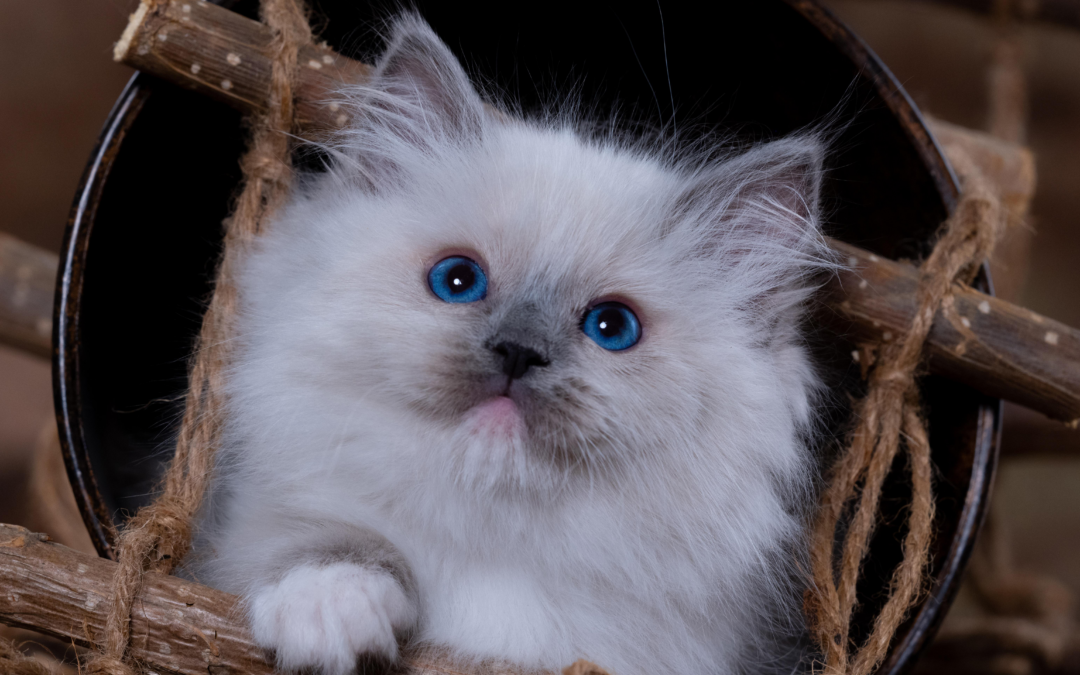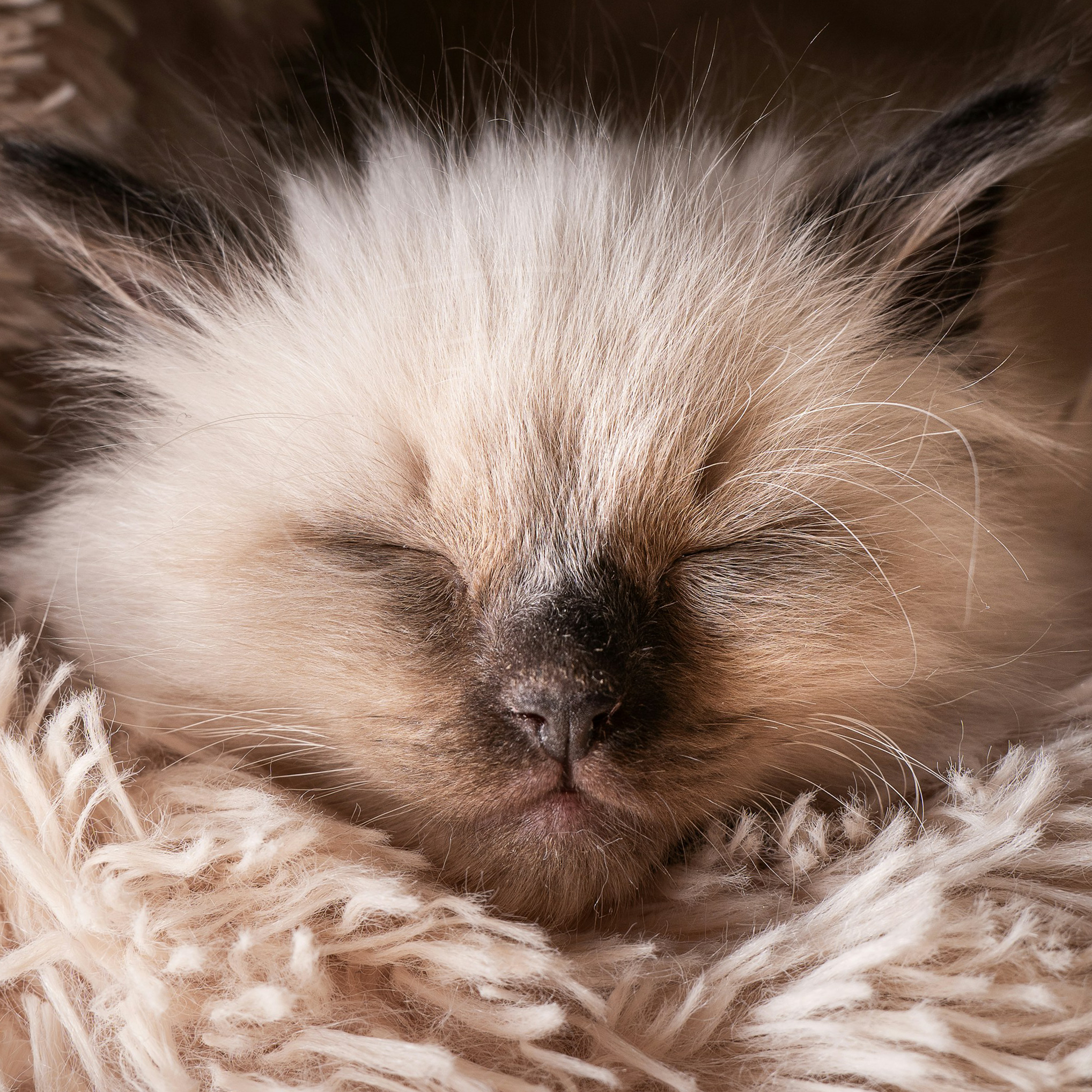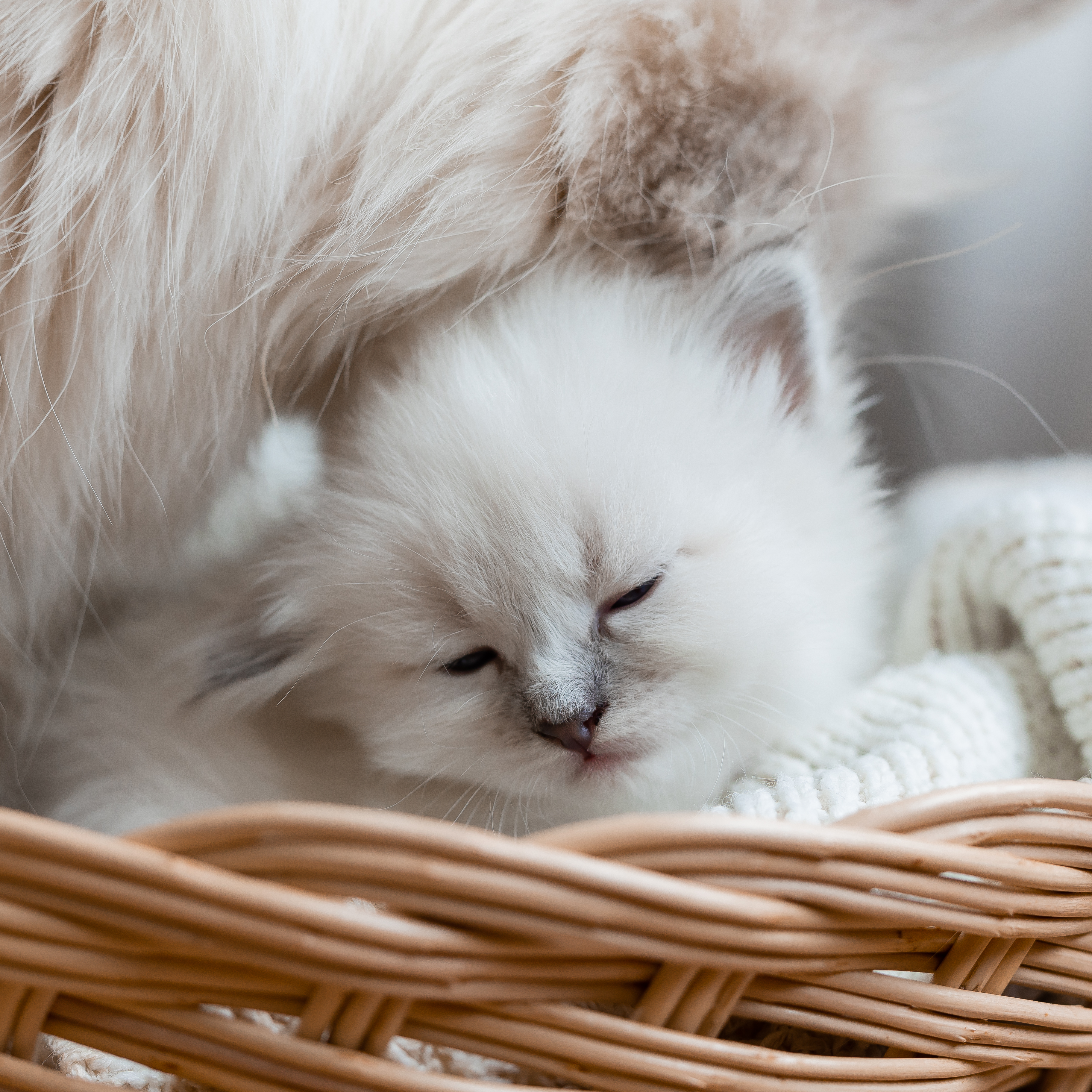Discover the Genetics Behind Ragdoll Cat Colors
I don’t know about you, but it’s been a long time since I’ve taken a science class. So, over a year ago, when I knew my future would involve breeding ragdolls, I took it upon myself to do a bit of my own research in preparedness.
I may not be as experienced as some of the long-time breeders in TICA, CFA, FIFE and the like, but I do my research. If I’m going to jump in feet first, I want to be prepared for anything. Education is key. And I decided I was not going to go in blindly.
This blog contains notes I wrote over the last year. Pages and pages of information, details, questions asked and answered by friends, other breeders, scientists, veterinarians, etc., so I could learn along the way and ensure I do right by my cats, their kittens, and hopefully, YOU, a future ragdoll owner!
I will never claim to know everything, in fact other breeders, doctors, science teachers, those who run shelters … please correct me if I misunderstood something and printed incorrect information here. I am doing my best, but I promise, I’m not perfect.
So, join me in exploring the fascinating world of ragdoll genetics and uncover how specific color traits are passed down through generations.
For now, let’s start with some vocabulary.
Understanding Ragdoll Genetics - Starting with Vocab
Certain sections of DNA play a crucial role in defining the color traits of ragdoll cats. Each section of DNA corresponds to a specific gene, which in turn influences a particular characteristic, such as coat color or eye shape. These genes are organized into alleles, with dominant alleles having a stronger influence on the phenotype than recessive ones. Understanding these genetic codes allows breeders to maintain the breed’s distinctive features and ensure the well-being of each Ragdoll kitten.
As mentioned earlier, to understand the genetics of ragdolls, you have go to back to high school and re-learn everything you forgot.
Here is what I gathered in my research.
GENES: Sections of DNA that code for a specific trait
GENOTYPE: DNA sequence that makes up an organism
PHENOTYPE: An observable trait influenced by genotype – the type of traits in a section of DNA
-
- ie; eye color, hair color
ALLELES: Different versions of a gene, which vary at a particular genome location. An individual’s combination of alleles is known as their genotype, as mentioned above. One member of a pair of species of genes that occupy a specific position of a chromosome.
-
- The specific letters that make up the phenotype
- ie; BB, Bb, bb
- The specific letters that make up the phenotype
DOMINANT ALLELES: Stronger genes
1. Dominant Alleles will have more of a say in what genes a species picks up than recessive alleles. You must have two recessive alleles to create an offspring displaying a recessive trait. So, I, Christy, have brown eyes, but I carry blue eyes because my mom has blue eyes. My husband, Matt, has brown eyes, but also carries blue eyes because his dad has blue eyes. We have three kids, two of which have brown eyes, but our youngest, Natalie, has blue eyes because she inherited two recessive alleles: One from me and one from Matt. We all inherit one pair of alleles from mom and one pair from dad.
-
-
-
- Ragdoll cat colors are located on the B locus
- BB = dominant | bb = recessive
- Ragdoll cat colors are located on the B locus
-
-
DILUTE: When a kitten inherits two copies of the “d” gene (one from each parent, resulting in a dd genotype), it dilutes the color of the points, creating a Blue Ragdol
- DD= undilute | dd = dilute
HETEROZYGOUS: Having different alleles of a gene
-
- Bb or Dd
HOMOZYGOUS: Having the same alleles of a gene
-
- BB or DD



